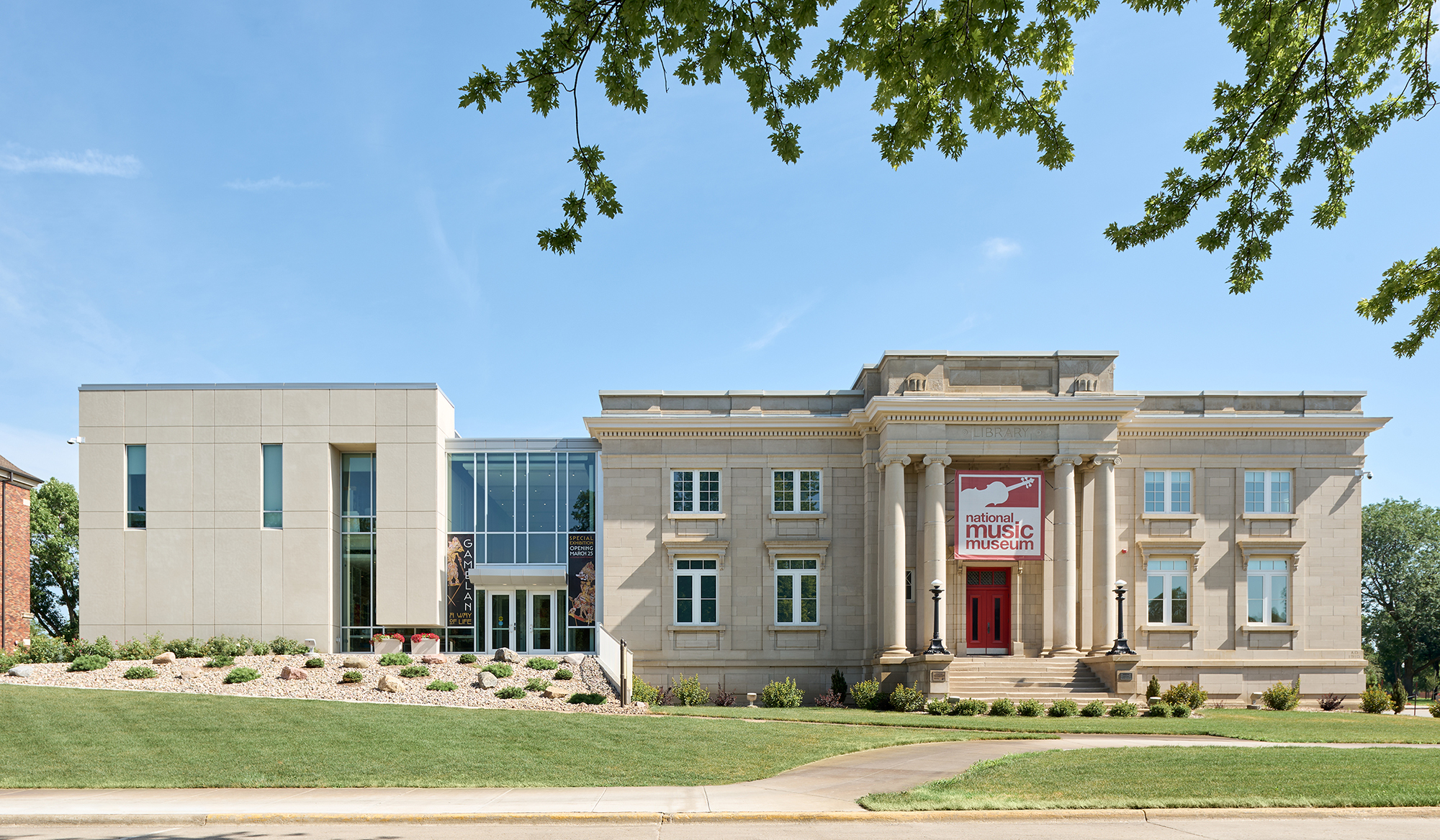As a certified safety expert, I am committed to making K-12 educational facilities safe havens for learning. In our ever-evolving world, we need to build environments that nurture growth, inspire creativity, and shield our students and staff from harm. It was this pursuit of safety that motivated me to embrace an innovative design strategy called Crime Prevention Through Environmental Design, or CPTED.

While it’s important to note that no design approach can completely eradicate crime, the implementation of CPTED principles has been shown to significantly diminish crime incidents—in some cases, by up to an astounding 90%. The potency of CPTED lies in its preventive approach, aiming to deter criminal behavior through a carefully considered environmental design. By thinking about elements like landscaping, lighting, and building layout, we can cultivate spaces that effectively balance functionality and security. Above all, the use of CPTED fosters an invaluable sense of safety within the community.
In my work, every project is an opportunity to merge the four overlapping principles of CPTED into the fabric of our designs. It starts with natural surveillance—a core component of CPTED. Rather than treating it as an isolated feature, I view it as an integral part of the design philosophy. For instance, I put a heavy emphasis on visibility within our school designs to deter potential wrongdoers. It’s not just about placing windows or installing lights; it’s about integrating these elements in such a way that it naturally eliminates potential hiding spots, thereby promoting transparency and openness.
The concept of territorial reinforcement is another principle we embrace. Here, it’s not about physically demarcating spaces with fences or gates. It’s more about clearly defining the transitions between public, semi-public, and private spaces within the school environment. This act of defining boundaries, whether it’s through landscaping or architectural features, helps to foster a sense of ownership and responsibility among students and staff. It subtly communicates to potential intruders that they are encroaching on a protected space, acting as a natural deterrent.

Natural access control is the third critical element of CPTED the team incorporates. However, it’s about more than securing entrances and exits—it’s about creating a natural flow (using design elements like pedestrian scale lighting, landscaping, and sidewalks) that guides visitors, maintaining a safe environment without sacrificing the welcoming spirit of a school. To complement this, we also include features like decorative fencing.
Lastly, we focus on maintenance and image. Aesthetically pleasing and well-maintained schools send a powerful message about the value we place on education and our community’s welfare. By selecting sustainable materials and ensuring regular maintenance, the environments we create exude pride and community investment, which in turn, helps to discourage potential offenders.

I view every project is seen as an opportunity to apply CPTED principles from the ground up. Be it in the construction of a new school, renovation of an existing building, or a facility assessment, these principles guide our work.
Through my work, I have witnessed the transformative impact of CPTED on our school designs. Large, strategically placed windows enhance natural surveillance, serving a dual purpose of allowing unobstructed views and facilitating the observation of interior spaces. Thoughtful landscaping elements, like trees and bushes, act as natural barriers, deterring potential intruders while preserving visibility.

As we navigate the complexities and evolving challenges of school safety and security, my team and I are steadfast in our dedication to creating safe, secure, and welcoming educational environments. By continually integrating the principles of natural surveillance, territorial reinforcement, access control, and maintenance into our designs, we are setting new benchmarks in secure learning spaces. I see this journey not as an endpoint but as an ongoing commitment to ensuring our educational institutions remain both safe and nurturing spaces for future generations.

Over the past 25 years, Sean has been involved with all aspects of architectural work. His experience includes numerous workplace and office facility projects with sizes ranging from small renovations to completely new buildings. Submerged in the building climate of Western North Dakota, Sean also has a keen and valuable understanding of construction costs, time frames, and the overall process of constructing new facilities in the region. Sean has been working with clients in the Western North Dakota region for nearly ten years. In addition, Sean’s volunteer work with mission organizations and youth groups has enabled him to participate in and coordinate projects in Germany and Mexico. This international experience has been invaluable in developing skills for working with other cultures and nationalities.

Providing more than 56 years of experience, EAPC Architects Engineers is renowned as a one-stop solution for integrated architecture and engineering services. Operating from 10 offices with a firm in Sioux Falls since 2015, the firm employs more than 185 skilled professionals and specializes in a broad range of sectors including Healthcare, Higher Education, Industrial, K-12, and Civic. Their expertise is further enriched by a specific focus on Crime Prevention Through Environmental Design (CPTED) principles, a proactive approach to ensure safety within the workplace. EAPC’s innovative approach and commitment to excellence has solidified the organization’s standing as values-driven creators, designing solutions, impacting communities.

